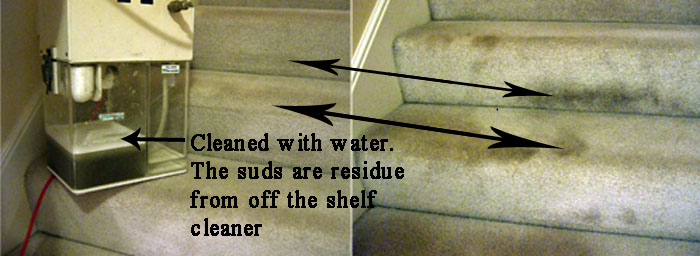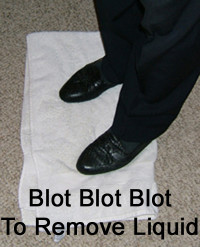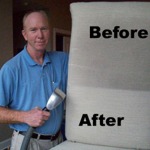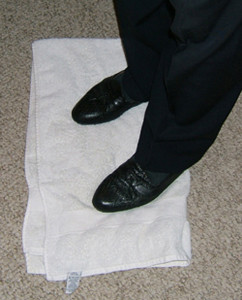When there is a spill on your upholstery,
DON’t PANIC.
However, act promptly before it spreads or dries.
For liquid spills: Blot lightly with a dry towel to start. Increase pressure and use a fresh towel until no more liquid is absorbed. DO NOT RUB! Do Not Add Liquid to a Liquid Spill
If residue remains, see the stain removal guide below.
For solid or semi-solid spills (such as foods): Gently lift the substance from the upholstery with a spoon or dull knife, scraping carefully toward the center of the spill. Treat any wet residue as a liquid spill.
If residue remains, see the stain removal guide below.
For dry spills (such as ashes or dry cosmetics): Adding any liquid to a normally dry substance, such as ashes, may cause a permanent stain. Vacuum, beat the area with a ruler or similar implement, vacuum again, then use the adhesive side of masking tape to remove any residue.
If residue remains, see the stain removal guide below.
For wax or bubble gum: Freeze it by placing ice in a plastic bag and setting it over the area until the wax or bubble gum becomes hard (Avoid letting the bag perspire and get water on the stain). Use the back of a knife or other flat dull edge to gently remove the stain.
If residue remains, see the stain removal guide below.
Stain Removal guide
The key is knowing which type of cleaner or stain remover to use, which depends on (1) the type of upholstery and (2) the type of stain.
Type of Upholstery: To know what types of upholstery cleaner can be used on your upholstery look at the upholstery cleaning tag code.
- If your code says “W” you can use a water based cleaner on the upholstery, and if it says a “S” you can use a water-free product, such as a dry cleaning solvent.
- If it says “WS” you can use either a water based cleaner or a dry cleaning solvent — whichever is more appropriate for the type of stain you are trying to remove from the upholstery.
- Hint: If your code says “X” do NOT use any of the cleaners below, because it means only a professional should clean your upholstery.
Type of Stain Once you figure out what types of upholstery cleaners you can use on your upholstery, next you need to know the type of stain you have on your upholstery. Each group of stain is treated slightly differently:
Remember: First follow the type of upholstery code. If it is coded “S” (water-free cleaner) do not use one of the water cleaning solutions mentioned below.
- Most food and beverage stains – use a solution of 1 teaspoon of detergent to 1 cup of luke warm water. (Non-alkaline detergent not containing bleach, such as used for washing delicate fabrics). Spritz the cleaner on the stain and blot with a dry white towel. You should see the stain transferring to the white rag.
- Berry and fruit stains – use a solution of 1/3 white vinegar to 2/3 water. Spritz the cleaner onto the stain and blot with a dry white towel. You should see the stain transferring to the white rag.
- Greasy and oily stains – Use dry cleaning solvent by putting it onto a white rag and then dabbing the stain. You should see the stain transferring to the white rag.
For more good tips, visit my website at www.graysoncleans.com
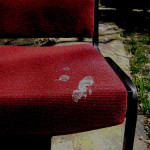
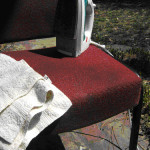 arm iron over the area. Once again, use the iron on warm setting. If it is too hot, you could damage or melt the fibers. You should see the wax transferring to the white towel. Repeat the process by putting a fresh part of the clean towel over the wax each time, until all the wax is gone. If wax residue remains, apply a small bit of dry-cleaning solvent and blot.
arm iron over the area. Once again, use the iron on warm setting. If it is too hot, you could damage or melt the fibers. You should see the wax transferring to the white towel. Repeat the process by putting a fresh part of the clean towel over the wax each time, until all the wax is gone. If wax residue remains, apply a small bit of dry-cleaning solvent and blot.